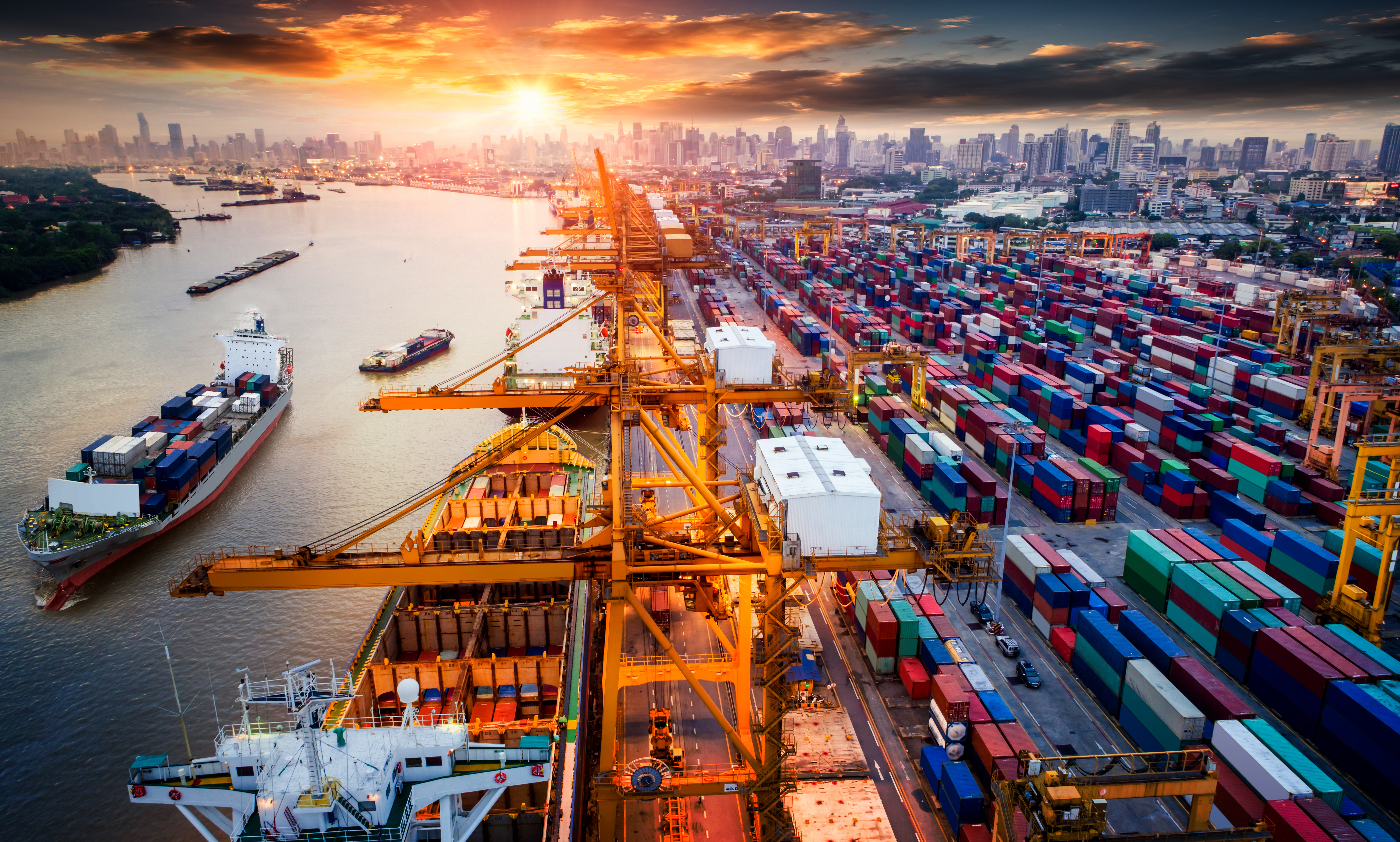
COVID-19, and how it will change global supply chains.
25 Aug, 202010 minsWe know that global supply chains are complex. But, as consumers, we’ve grown used to ...

We know that global supply chains are complex. But, as consumers, we’ve grown used to the free-flowing nature of those supply chains – in other words, being able to buy whatever we want, whenever we want it.
COVID-19 changed all that, bringing massive disruption to supply chains and exposing some hard truths about the global supply networks we’ve all come to rely on. But what does this mean for the supply chains of the future? Let’s take a look.
What the heck happened during lockdown?
Unless you were living under a rock throughout March and April, you’ll have noticed there was a significant, ahem, supply shock in many markets. ‘Supply shock’ being industry speak for, ‘Good luck finding any toilet roll, pasta or hand sanitiser!’ Particularly in supermarkets, whose supply chains are built on just-in-time principles, consumers were unable to get hold of basic goods. That slick global supply chain suddenly looked, well, rather flimsy.
Supermarkets weren’t the only ones caught out. As China went into strict lockdown and its factories shut up shop, the dominance of Chinese manufacturing became starkly obvious, as global manufacturers struggled to maintain their supplies. This (among other factors) had a huge impact on global trade – the UK, US and Europe saw a combined drop in trade transactions of 26% in early April.[i]
Looking at the long-term impacts
Going forward, we predict companies will increasingly look to diversify their supply chains. Rather than relying on partners in China, global firms may shift towards manufacturing hubs in other locations, including India. Some may even bring production back home – especially now that automation is helping to lower manufacturing costs. The global supply chains of the future may be much less China-centric, then.
It’s also likely that the digitization of the supply chain will accelerate rapidly, which will help to develop more robust trading relationships. For example, in a digitized supply chain, one that harnesses technologies like artificial intelligence and the Internet of Things, it could be much easier and quicker to pivot to an alternative supplier when an original supplier experiences business disruption (which may or may not be COVID-related).
Contractors to the rescue
For many businesses, a powerful solution has been the incorporation of contract workers as a quick and cost-effective method of mitigating the effects of the pandemic on their supply chain lifecycle. Where the current climate necessitates an agile and adaptable approach, contractors are able to come in to help solve the challenges as and when they arise, preventing disruption and ensuring the supply chain wheel keeps on turning.
This approach has worked well for many businesses facing the many challenges the COVID-19 pandemic has brought into the picture, ensuring that companies have been able to continue to keep up with the demands of their customers and clients through this strange period. The need to build more intelligent, agile supply chains has never been clearer. Talk to Roc Search and discover how our pool of supply chain and procurement talent can help overcome your supply chain challenges. Or, if you’re a supply chain professional, hit us up for the latest supply chain and procurement jobs.
[i] Source: https://tradeshift.com/




